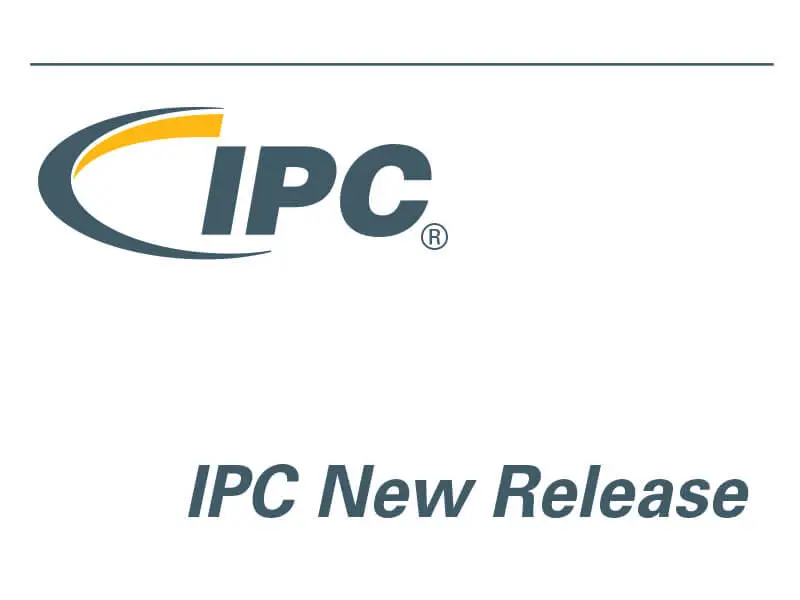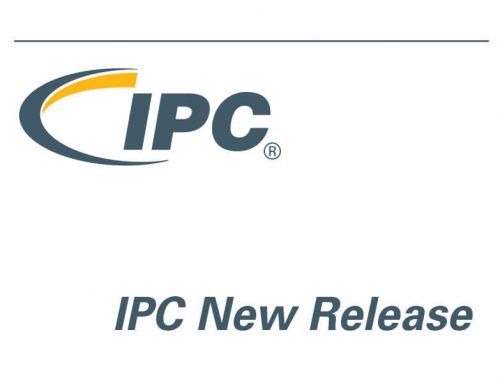1 SCOPE
This standard establishes the classification system, qualification and quality conformance requirements for printed electronics base materials (substrates).
The standard defines the base material only and should not be used for substrates that have been postprocessed and comprise defined features or structures (e.g., conductive traces).1.1 Purpose The purpose of this standard is to provide and define key characteristics and test methods used for procuring printed electronics base materials (substrates).
1.2 Classification System The system described in 1.2.1 through 1.2.2.5 identifies printed electronics base materials (substrates).
1.2.1 Designating Materials A materials designation is intended for use by designers on master drawings to designate their base material choice. At the end of this standard is a series of material specification sheets, which are identified by specification sheet numbers. Each specification sheet outlines engineering and performance data for a printed electronics base material type. The designer should select the appropriate base material specification sheet as required to meet the operational specifications of the end product application (e.g., consumer, automotive, aerospace, etc.).
An example base material designation would be IPC-4921/2, for which ‘‘/2’’ refers to the specification sheet detailing Polyester Naphthalate (PEN)/Biaxially Oriented Polyethylene Naphthalate (BOPEN).
If the designer requires further material specification details (e.g., thickness), the designer should highlight those details in cross-sectional views or notes on the master drawing.
If the designer is using a material which is not in one of the approved IPC-4921 specification sheets, the designer shall select the material type from 1.2.2.2. Users and suppliers should consider submitting new specification sheets for consideration in this standard (see 1.8).1.2.2 Adding Details When Designating Materials Designers may add details to the procurement documentation for substrate
materials.
The additional details designation shall follow this format:
Standard designation / Specification Sheet number or Base Material Type / Base Structure / Base Reinforcement Type / Base
Material Thickness
Where:
• Standard designation is IPC-4921.
• Specification Sheet number is an approved IPC-4921 specification sheet.
• If no specification sheet exists, the designer shall select a Base Material Type designation from 1.2.2.2. If the material type is not included in 1.2.2.2, the designer shall create a designator for the material.
• Base Structure is selected from 1.2.2.3.
• Base Reinforcement Type is selected from 1.2.2.4.
• Base Material Thickness is selected from 1.2.2.5.
The following is an example of a detailed designation using an IPC-4921 Specification Sheet as the Base Material Type:
IPC-4921 / 2 / 2 / F / 7 would be PEN/BOPEN in sheet form, nonreinforced, with a thickness range of ≥ 0.250 mm to < 0.400 mm.
The following is an example of a detailed designation using a material which is not represented in an IPC-4921 specification sheet:
Preview the IPC-4921A table of contents .pdf file.
Developed by the Printed Electronics Base Material/Substrates Subcommittee (D-62) of the Printed Electronics Committee (D-60) of IPC.


